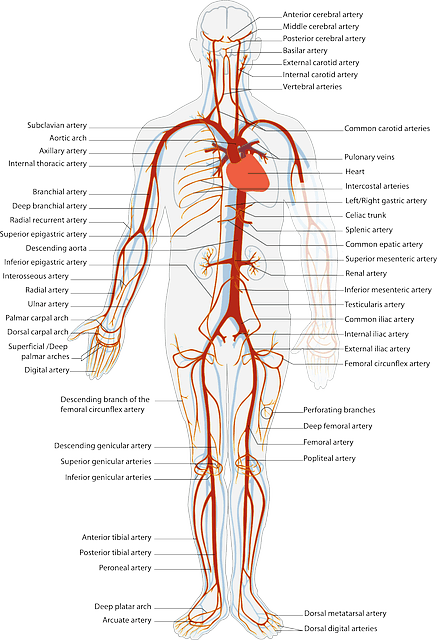Varicose veins can be a real pain, both physically and emotionally. You might feel uncomfortable and a bit self-conscious about them.
Compression stockings could be your new best friend if you want a simple, non-invasive solution to your varicose vein issues. This article explains how to wear compression stockings for varicose veins.
Compression stockings are great for easing symptoms and boosting circulation. This guide will explain how compression stockings work, help you pick the perfect pair, and show you the right way to put them on.
We’ll also discuss when it’s best to rock those compression stockings, any potential risks to watch out for, and other ways to treat varicose veins.
So, let’s roll up our sleeves and learn how to manage varicose veins with the power of compression stockings.
Key Takeaways:
.jpg_00.jpeg)
- Proper fit is essential when choosing compression stockings for varicose veins.
- Follow a step-by-step guide for the correct donning of compression stockings.
- Compression stockings can be worn daily to treat and manage varicose veins effectively.
Understanding Compression Stockings for Varicose Veins
Compression stockings are specialized garments that can help you treat varicose veins.
They work their magic by applying gentle pressure to your legs, improving blood flow, and easing any discomfort you may feel due to the condition.
By boosting circulation, these stockings stop blood pooling in your veins, reducing swelling and relieving symptoms like leg heaviness and achiness.
If you make wearing compression stockings a regular habit, you can even slow down the progression of varicose veins.
They give your veins some extra support, making them work better.
These garments are especially great for those of you who spend long hours standing or sitting. They’ll help maintain good blood flow and lower the risk of blood clots forming.
How Compression Stockings Work
Compression stockings work by exerting consistent pressure on your legs, helping to squeeze your veins and improve blood circulation throughout your lower extremities.
This pressure is like a little boost for your blood, ensuring it flows back to your heart more efficiently and reducing the chances of it pooling in your legs.
By enhancing circulation, these stockings also help decrease swelling and discomfort, especially if you spend a lot of time standing or sitting.
The clever graduated compression style of these stockings means the most pressure is at your ankle, gradually easing up as it goes up your leg.
This design assists in pushing your blood upwards against gravity, preventing issues like varicose veins and deep vein thrombosis, and overall boosting the health of your legs.
Choosing the Right Compression Stockings
.jpg_01.jpeg)
When selecting compression stockings, you want to ensure you get the right ones for effective treatment.
This means finding a pair that fits comfortably and optimizes pressure on your legs.
It’s crucial to pick the correct size when choosing compression stockings to avoid discomfort or slippage.
The compression level is also important as it helps manage different conditions by providing the right amount of pressure for circulation.
For breathability and durability, pay attention to the nylon, spandex, or cotton material. And don’t forget about the stocking style, whether knee-high, thigh-high, or pantyhose, based on your preferences and the specific condition you’re dealing with.
These factors will make wearing compression stockings more effective and comfortable for you.
Finding the Perfect Fit
Finding the perfect compression stockings is about getting the right size to fit your legs like a glove.
So, grab a flexible tape measure, and let’s start measuring your legs correctly.
First, measure your calf’s widest part, usually around the bulkiest area of your calf muscle.
Then, measure from the bottom of your heel to the back of your knee to determine the length you need. Follow the manufacturer’s size chart to ensure a snug but comfy fit.
Getting the right fit is super important for the stockings to do their job effectively, keep you feeling cozy all day, and improve your circulation.
Putting on Compression Stockings Properly
To get the most out of your compression stockings, you must master the correct technique for putting them on.
- Start by picking the perfect compression stocking size that hugs your legs snugly but not too tight.
- Find yourself a comfy spot to sit with your legs up for easy application.
- Roll the stocking down to the heel, inside out, making a nifty foot pocket.
- Slide your toes into the foot pocket and gradually unroll the stocking up your leg, smoothing out any wrinkles along the way.
- Make sure the stocking reaches the top of your leg without any bunching.
- Watch for discomfort or redness, adjusting as needed to achieve the perfect, comfy fit that works like a charm.
.jpg_10.jpeg)
Caring for Your Compression Stockings
You need to give your compression stockings some TLC to keep them in top shape and working their leg-soothing magic.
When it’s laundry day for your compression stockings, show them some love by handwashing them in cold water with a gentle detergent.
Skip the bleach and fabric softeners – they’re not invited to this party because they can mess with the fabric and compression levels.
After washing, don’t go all Hulk on them; just gently squeeze out the extra water.
For drying, just let them chill out in the air instead of tossing them in the dryer – it helps them keep their shape and elasticity.
Store them flat or rolled up when you’re not wearing them to keep them in tip-top condition.
Remember to give them a once-over to spot any wear and tear—if they look worse for wear, it’s time to swap them out for a fresh pair.
When to Wear Compression Stockings
Knowing when to wear compression stockings is crucial for maximizing their benefits.
Whether you wear them daily, during travel, flying, after surgery, or to ease varicose vein symptoms, getting them right is essential.
If you spend long hours standing or sitting—like healthcare workers, teachers, or office employees—consistently wearing compression stockings is necessary.
Individuals with conditions such as deep vein thrombosis (DVT), lymphedema, or pregnancy-related swelling can also reap the advantages of regularly using compression stockings.
Compression stockings can be a game-changer for performance and post-workout recovery for athletes who participate in high-impact sports or endurance activities.
You can effectively tackle circulation issues and minimize leg discomfort by weaving these stockings into your daily routine.
Potential Risks and Side Effects
.jpg_11.jpeg)
Compression stockings are usually a good choice, but there are risks and side effects to watch out for.
These can include issues with blood flow and problems if the pressure isn’t applied correctly.
Getting the right fit for your compression stockings is key.
Wearing ones that don’t fit well can lead to discomfort and skin irritation and even exacerbate existing conditions, such as venous disorders.
Chatting with a healthcare pro or a certified fitter is a good idea to determine the best size and compression level for you. And keep an eye out for any signs of increased pain, numbness, tingling, or discoloration—catching issues early is crucial.
You can safely enjoy all the benefits of wearing compression stockings by focusing on getting the right size and fit and keeping up with check-ups.
Additional Treatments for Varicose Veins
When dealing with varicose veins, you have various treatment options beyond just compression stockings. Endothermal ablation, which uses heat to seal off problem veins, is a popular choice for a minimally invasive procedure.
Cream preparations such as Venorex can suit some people.
Alternatively, sclerotherapy involves injecting a solution into the vein to close it up.
Varicose vein surgery is an option for more serious cases, though it’s a bit more invasive. Vascular surgeons or interventional radiologists specializing in vein problems usually perform these treatments.
Talking with a healthcare professional is key to figuring out the best treatment for your specific needs and the severity of your condition.
Overview of Other Treatment Options
Aside from compression stockings, several other treatment options are available for varicose veins, like radiofrequency ablation, endovenous laser therapy, sclerotherapy, and handy tools such as Juzo Slippie Gator and Medi Butler.
Ever heard of radiofrequency ablation?
It’s a minimally invasive procedure that uses radio waves to heat up and seal those pesky veins, redirecting blood flow to healthier ones.
This method offers a quicker recovery and less discomfort compared to the old-school vein stripping technique.
Another option is endovenous laser therapy, which uses laser energy to close varicose veins.
Sclerotherapy involves injecting a solution directly into the problematic vein, causing it to collapse and eventually disappear.
These innovative treatments give you solid alternatives if you’re looking for effective solutions beyond just wearing compression stockings.
.jpg_00.jpeg) Varicose veins are enlarged and gnarled, most commonly appearing in the legs and feet. These veins have valves that may not work properly, leading to blood pooling in the veins and causing them to enlarge.
Varicose veins are enlarged and gnarled, most commonly appearing in the legs and feet. These veins have valves that may not work properly, leading to blood pooling in the veins and causing them to enlarge.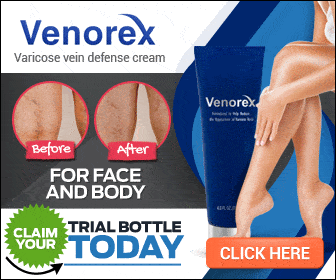
.jpg_01.jpeg)
.jpg_10.jpeg) Varicose veins should prompt a visit to a healthcare provider if they lead to skin ulcers, severe pain, or other complications that impact daily functioning and quality of life.
Varicose veins should prompt a visit to a healthcare provider if they lead to skin ulcers, severe pain, or other complications that impact daily functioning and quality of life..jpg_11.jpeg) Implementing lifestyle changes such as regular exercise, weight management, leg elevation, and avoiding prolonged sitting or standing can help alleviate symptoms and improve vein health in individuals with varicose veins.
Implementing lifestyle changes such as regular exercise, weight management, leg elevation, and avoiding prolonged sitting or standing can help alleviate symptoms and improve vein health in individuals with varicose veins.
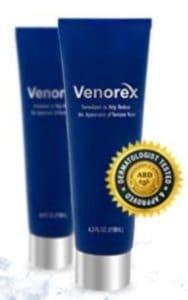
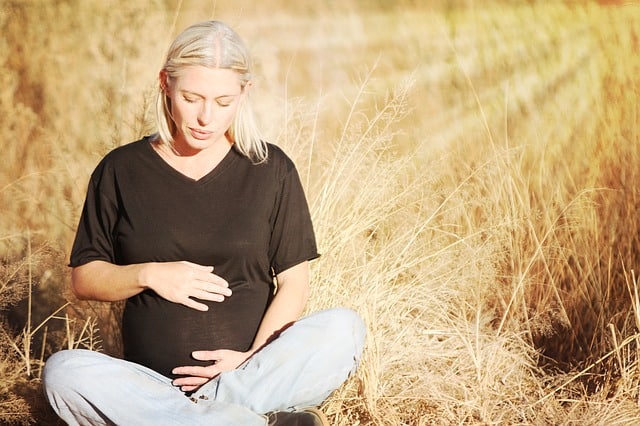

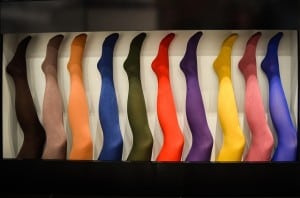 Now this page is
Now this page is 